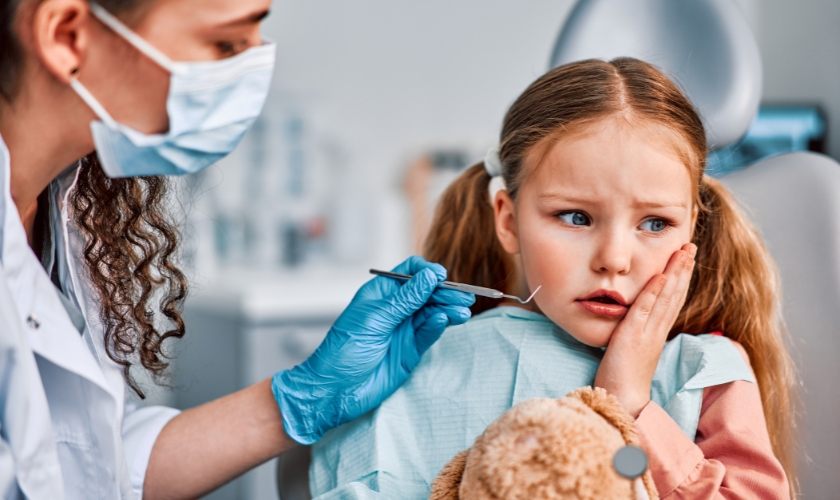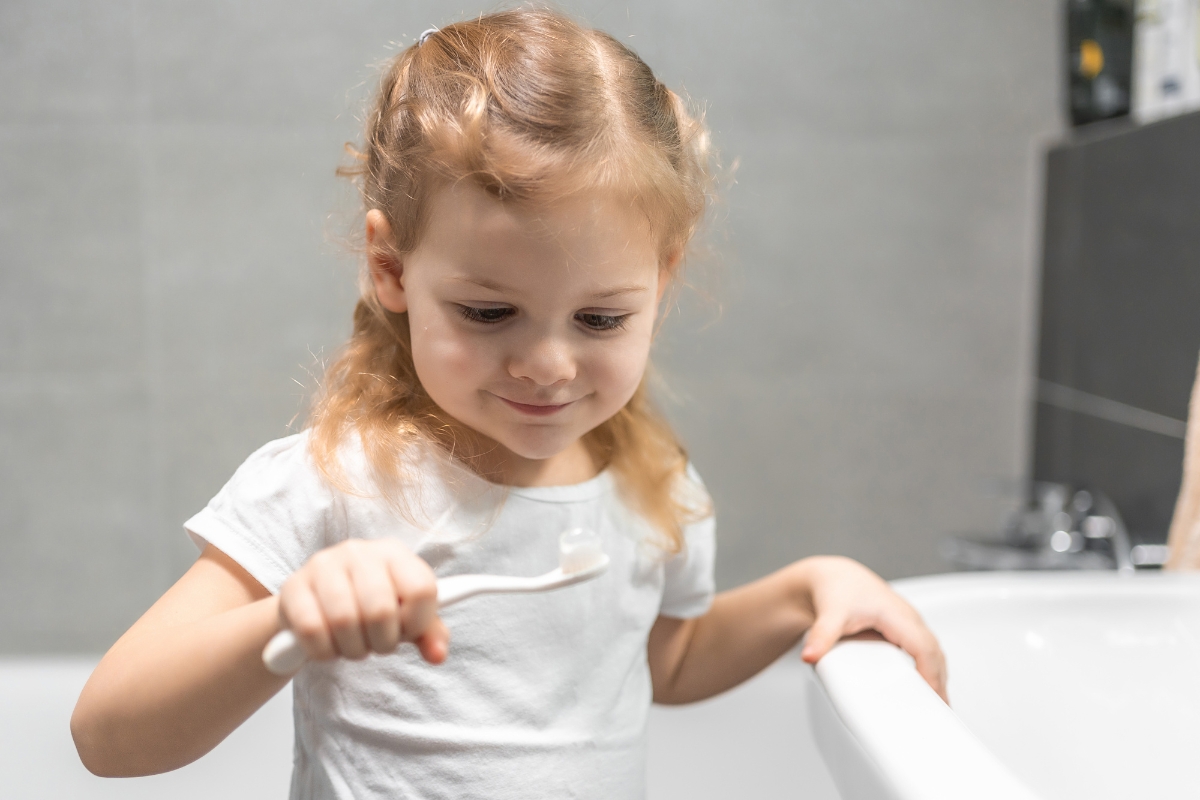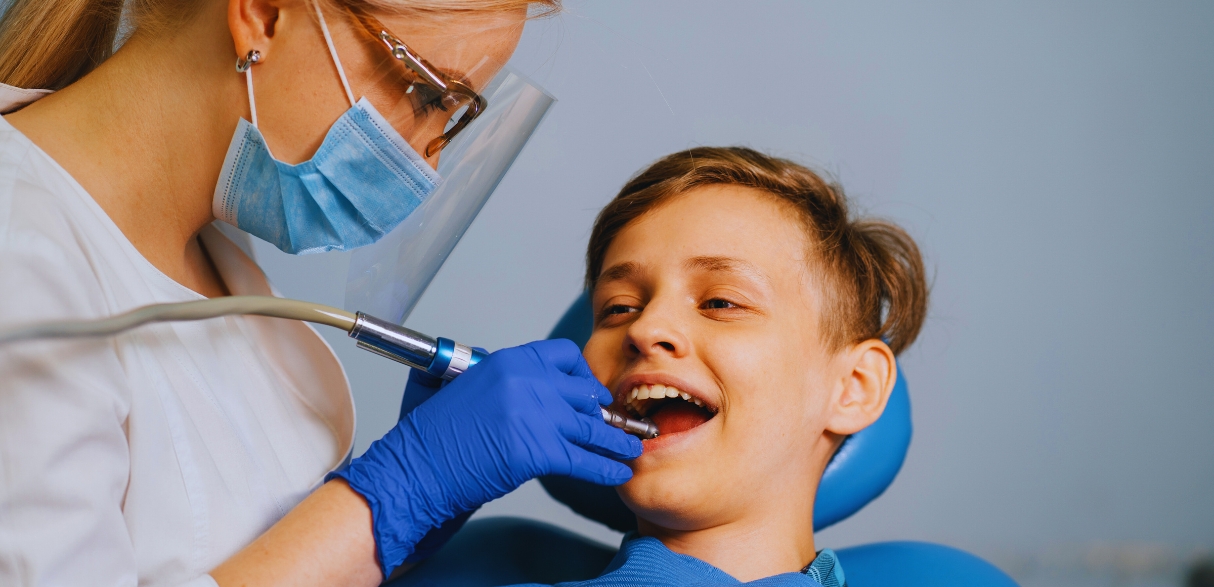

You cannot help but panic when your child experiences a dental emergency. Watching your child crying in pain and blood everywhere on their face can be an unforgettable sight. But you can be the best help to your little one by acting fast and taking the right steps when the emergency strikes. Knowing how to respond during an emergency can help minimize the damage and pain your kid struggles with. Dr. Anthony’s guide provides valuable insights into what parents need to know about emergency dental care for children.
Common Pediatric Dental Emergencies
Let’s shed light on the different types of dental emergencies kids can experience. Below are the most common ones:
- Tooth Knocked Out
You might feel like the world has come to a stop, witnessing a knocked-out tooth. The situation seems intense if it’s your child’s permanent tooth that they have lost. The best step you can take is to locate it immediately, rinse the tooth gently (without scrubbing), and try to place it back into the socket. If reinsertion fails, you should store the tooth in milk or saliva until you reach an emergency pediatric dentist in South San Francisco. - Toothache
Even you, as a kid, might have dealt with pain from a toothache. Cavities, tooth decay, or even pressure from an emerging tooth can cause this intense pain. The first thing you, as a parent, should do if your child is complaining about a toothache is gently rinse their mouth with warm water. To ease their pain more, you can also apply a cold compress to the outside of the cheek. However, do not place aspirin or painkillers on their gums, as it may damage the gum tissues. - Chipped or Broken Tooth
Parents dread a broken or chipped tooth the most. The sight of a lopsided tooth can be abysmal to say the least. It can occur during accidents or when biting down on something hard. You simply keep the tooth fragment safe from dirt and visit the dentist as soon as possible. On-time dental visit increases the chances of reattaching the tooth. - Abscess or Infection
An abscess is a painful infection that can form around the tooth root or in the gums. Symptoms include swelling, a fever, and throbbing pain. An abscess requires immediate dental care, as untreated infections can spread. It’s crucial to seek emergency dental care for children at the first sign of an abscess.
What to Do During a Dental Emergency
Here are some steps to follow to manage a dental emergency until you can get professional help:
- Stay Calm
Your child will look to you for reassurance. Staying calm will help you make clear decisions and keep your child calm, too. - Contact Your Pediatric Dentist Immediately
Knowing the location of your emergency pediatric dentist in South San Francisco beforehand can save precious time during an emergency. Call as soon as possible to describe the situation. Most pediatric dentists will guide you on the next steps over the phone. - Manage the Pain
For pain relief, over-the-counter medications (like ibuprofen or acetaminophen) can help your child feel more comfortable while you head to the dentist. Always check the correct dosage for your child’s age and weight. - Keep the Tooth or Tooth Fragment
If a tooth has been knocked out, keep it clean and moist. If you can’t place the tooth back into the socket, put it in a glass of milk or Save-A-Tooth solution. This increases the chance of saving the tooth. - Prepare for the Dentist
Bring your child’s medical records and insurance information when heading to the dental clinic. The quicker you can reach the dentist, the higher the chance of saving the tooth and preventing further issues.
Having access to a trusted emergency pediatric dentist in South San Francisco is crucial. A pediatric dentist specializes in treating children’s dental needs, and in an emergency, having someone experienced with kids can make the process less traumatic for both you and your child. They understand the importance of creating a calm, reassuring environment for kids, especially when dealing with anxiety or fear, along with pain.






